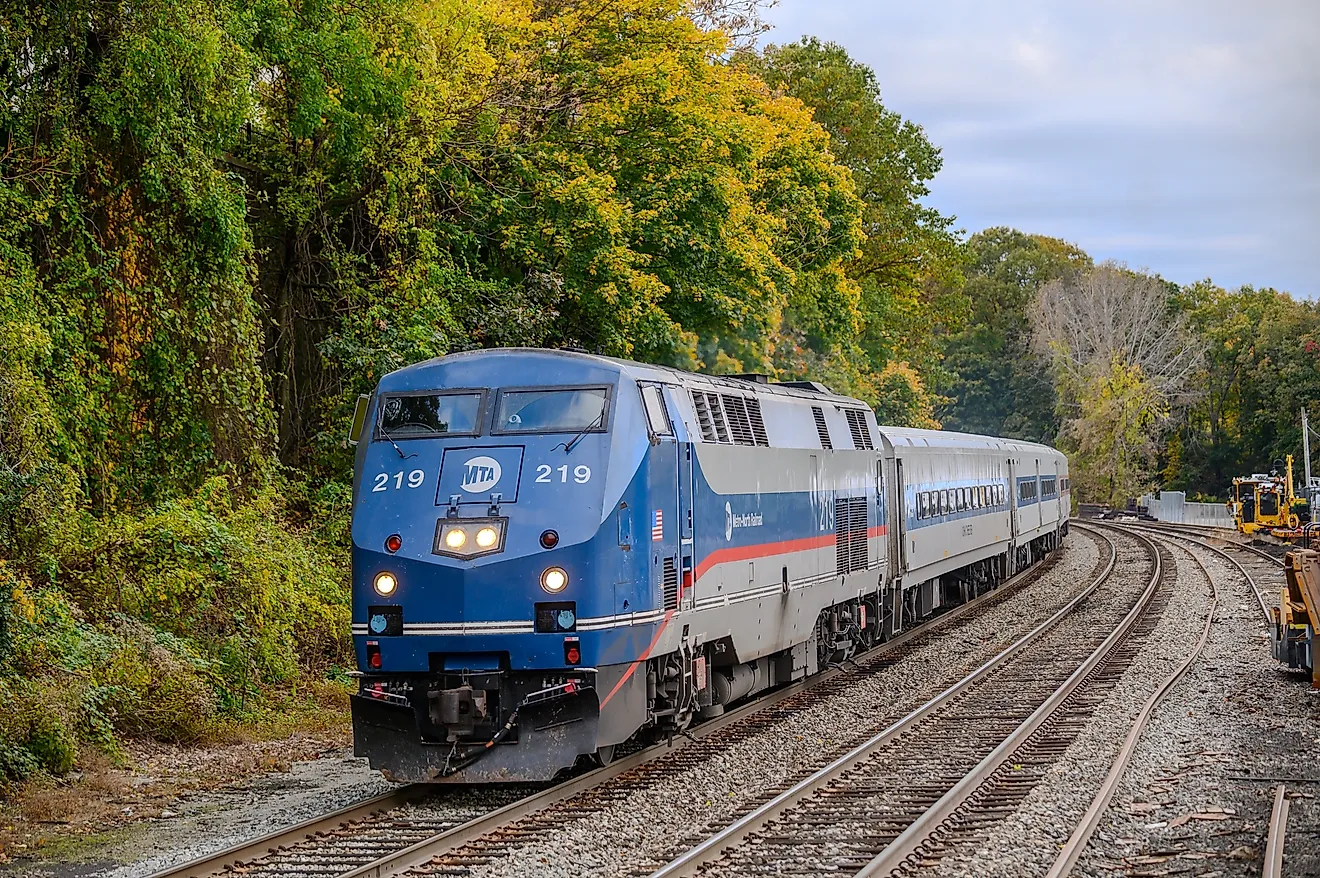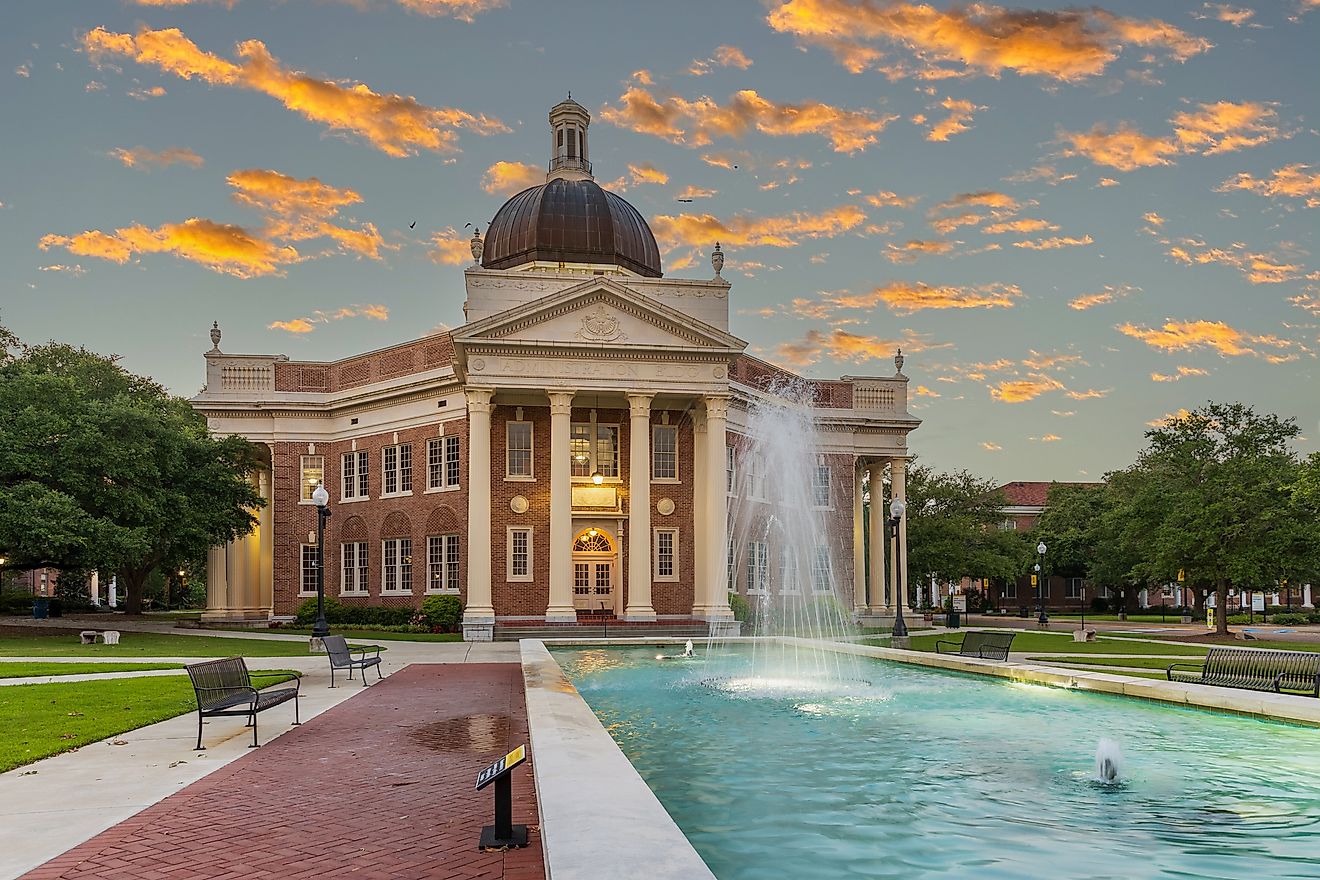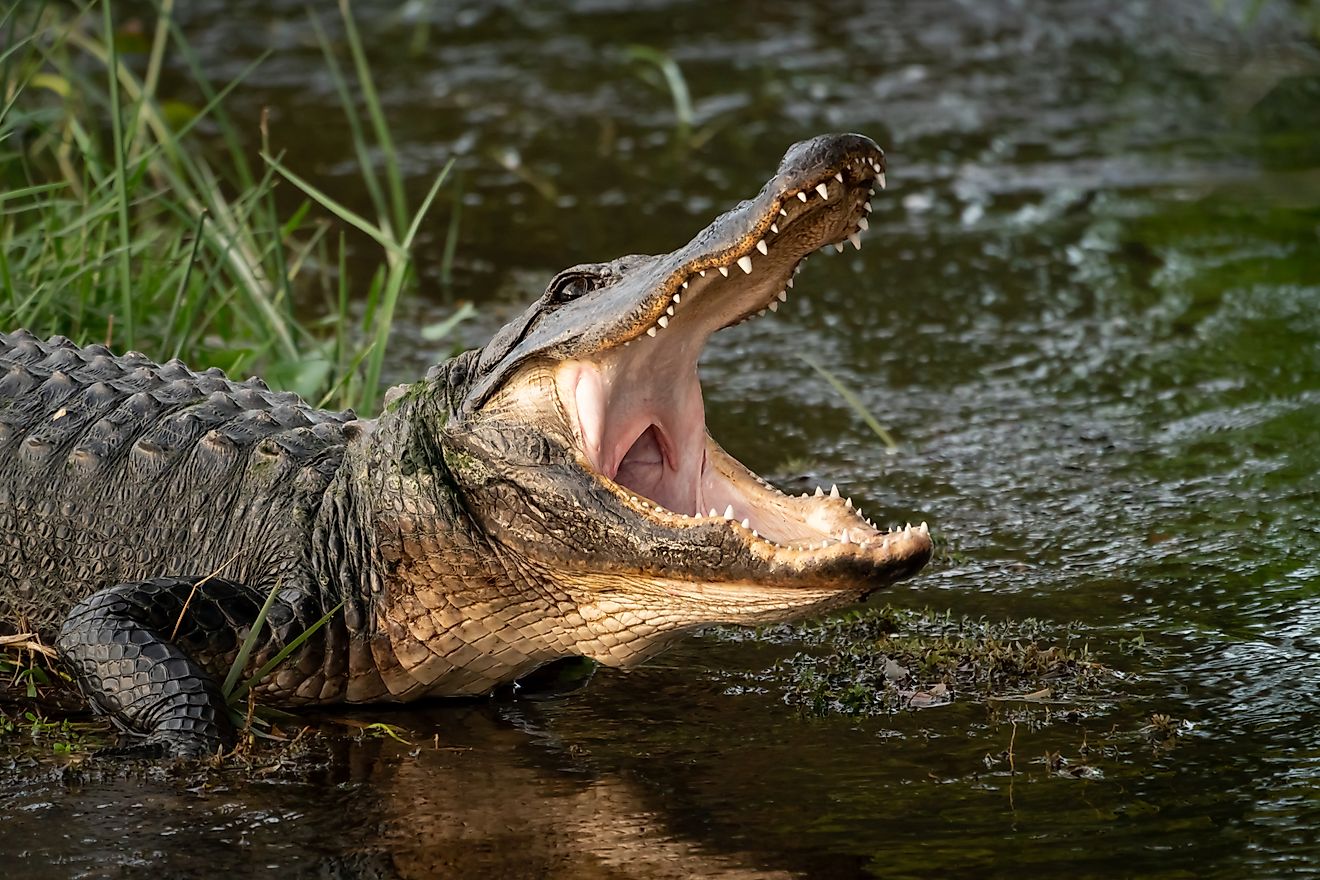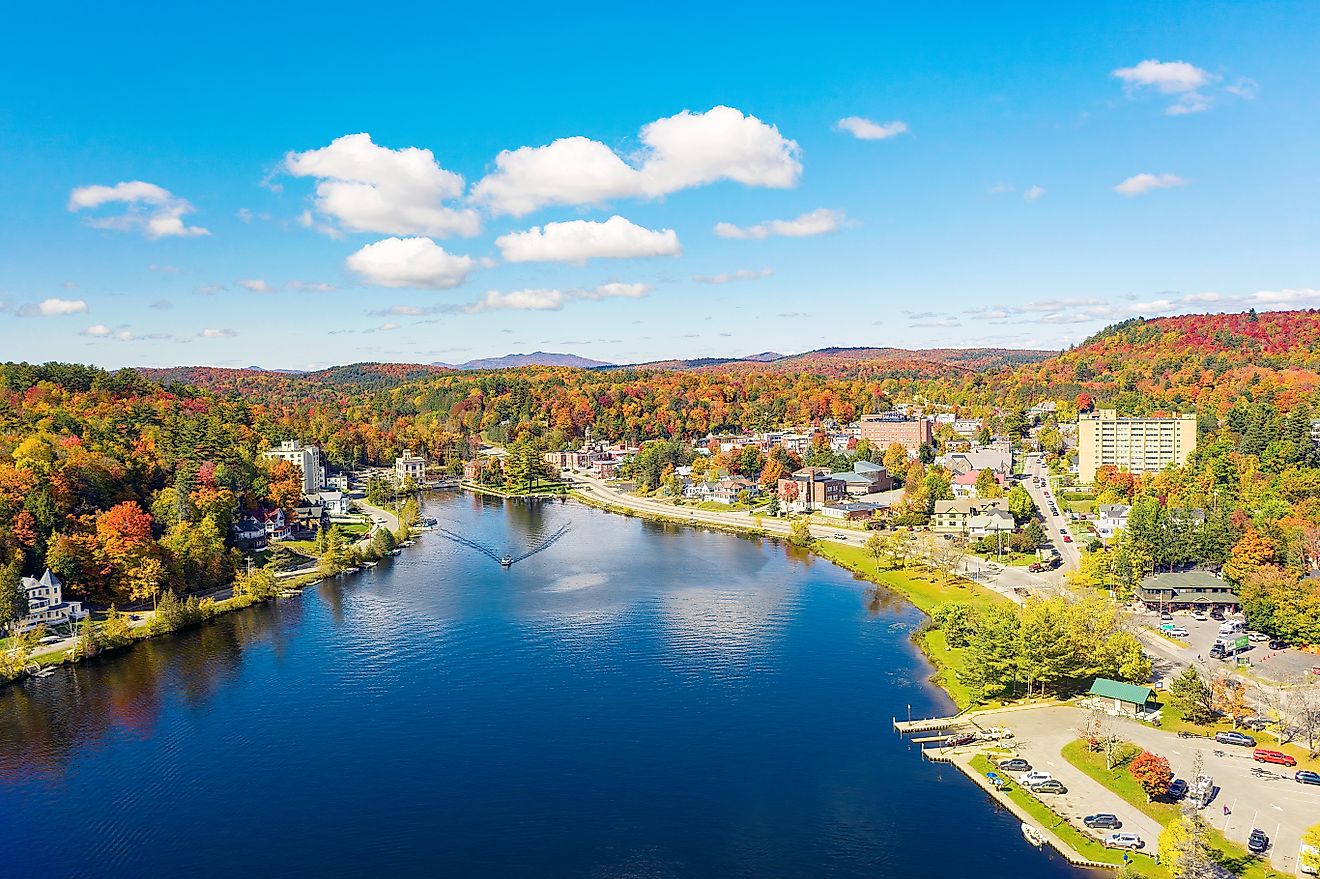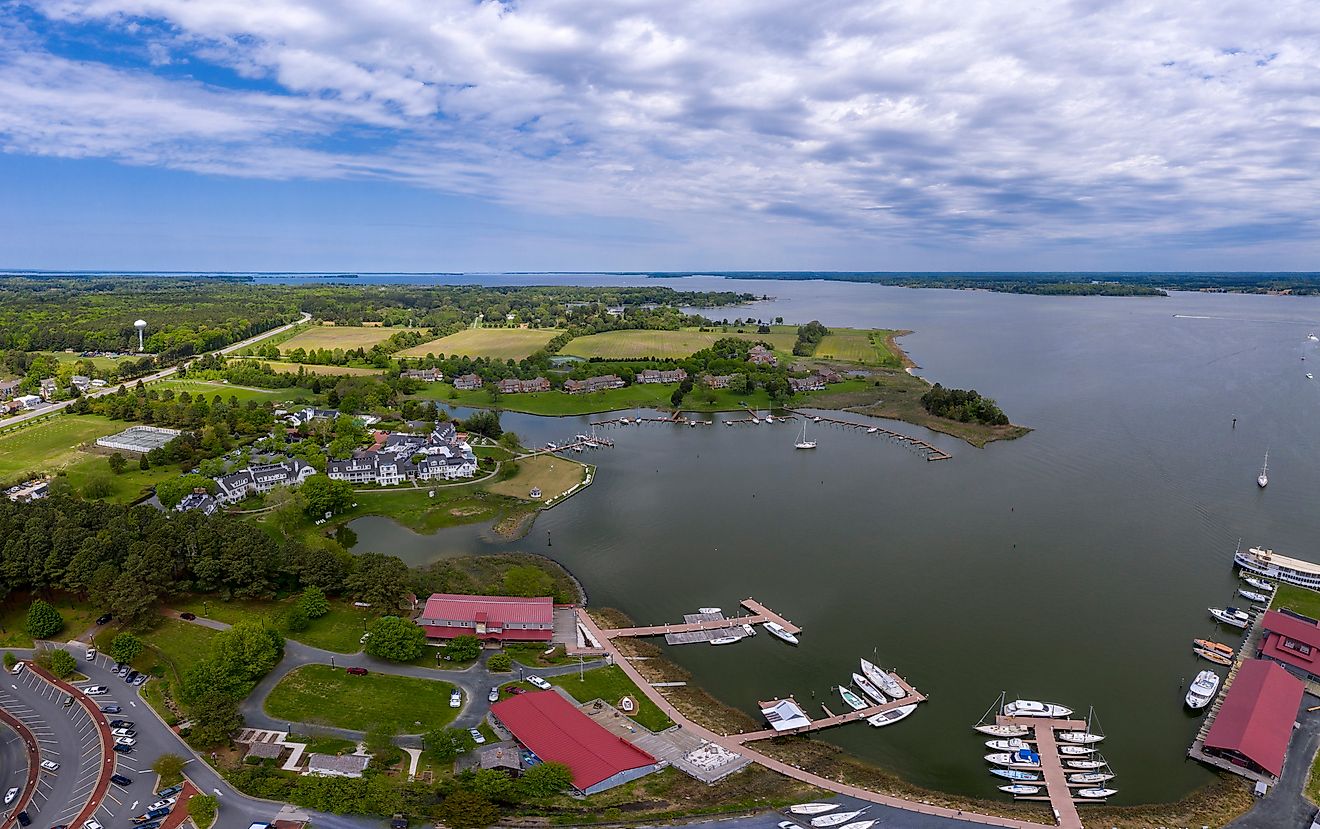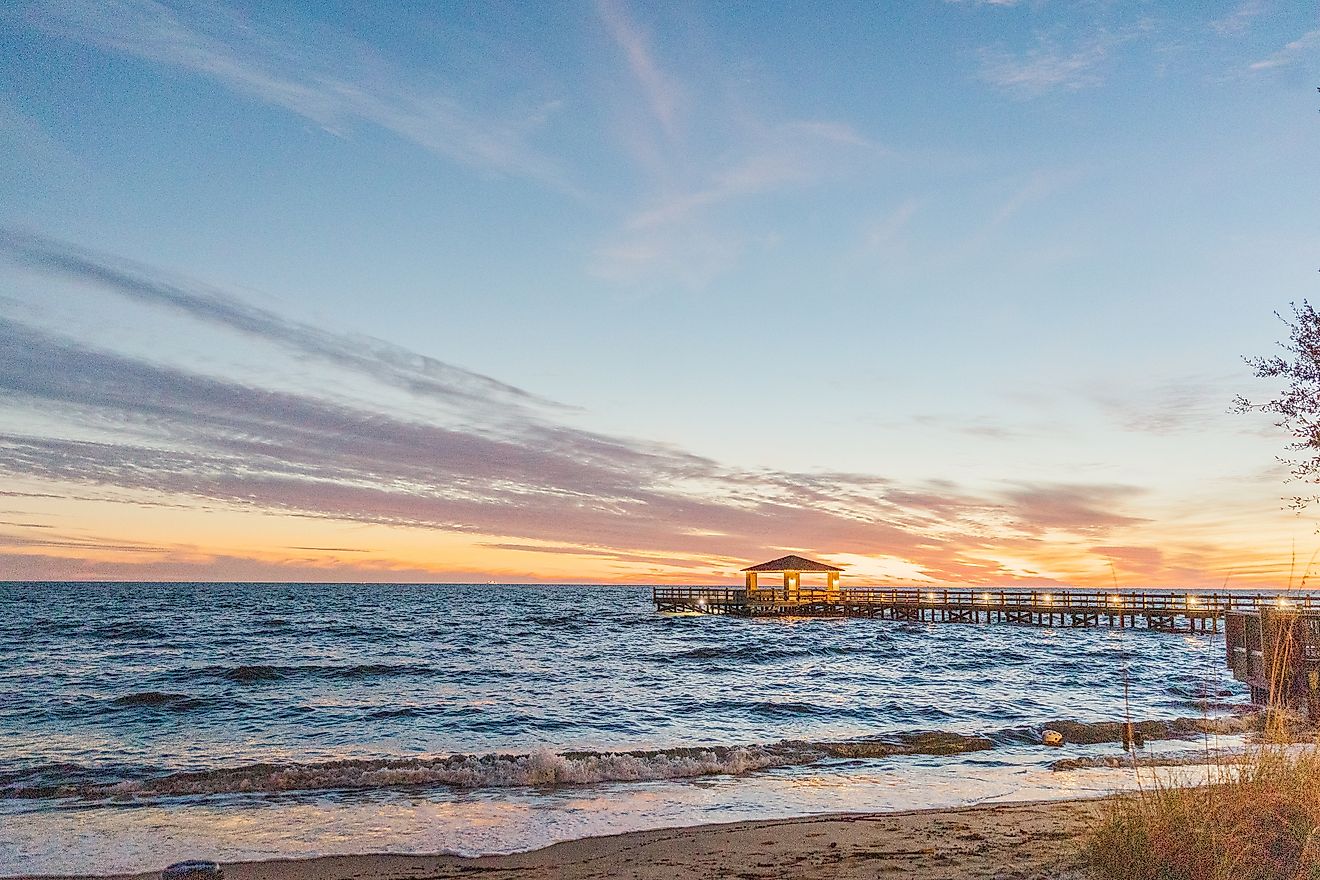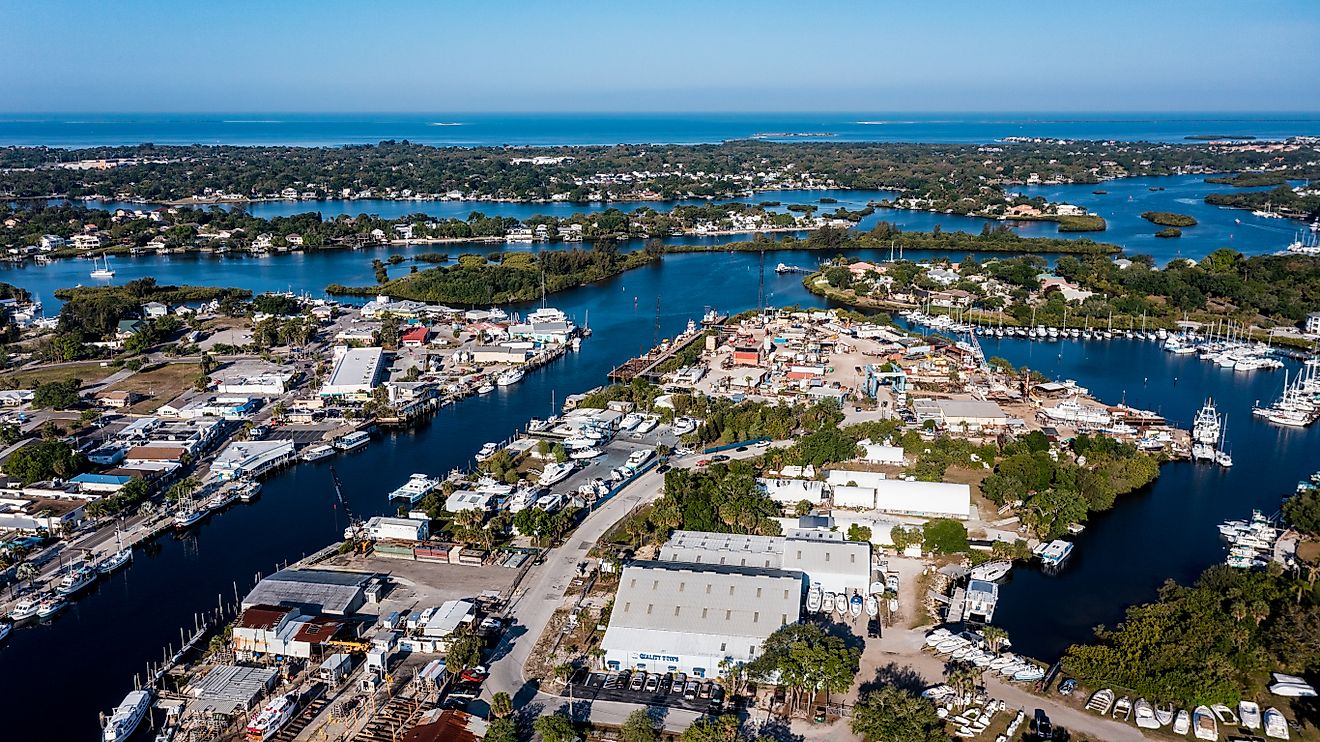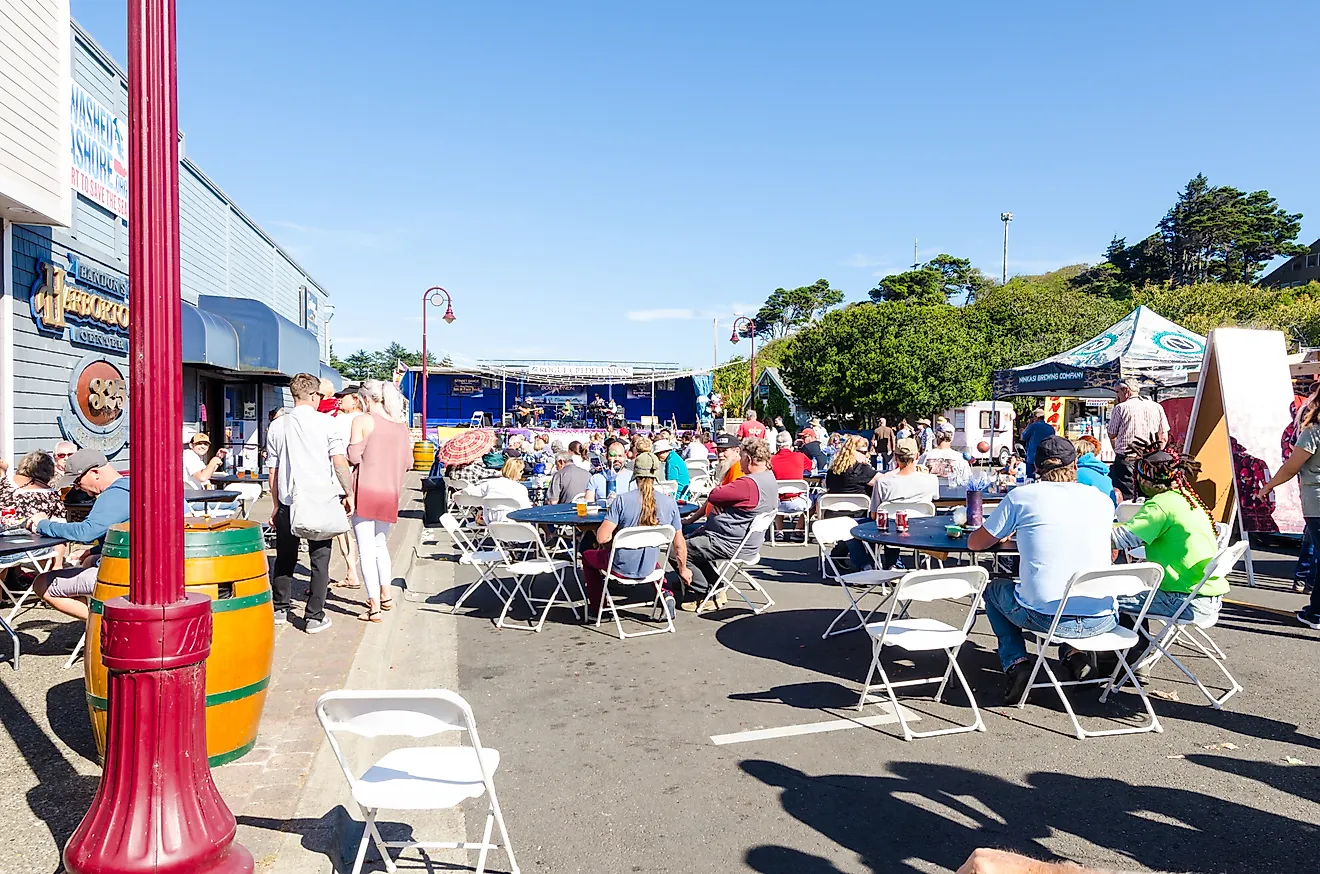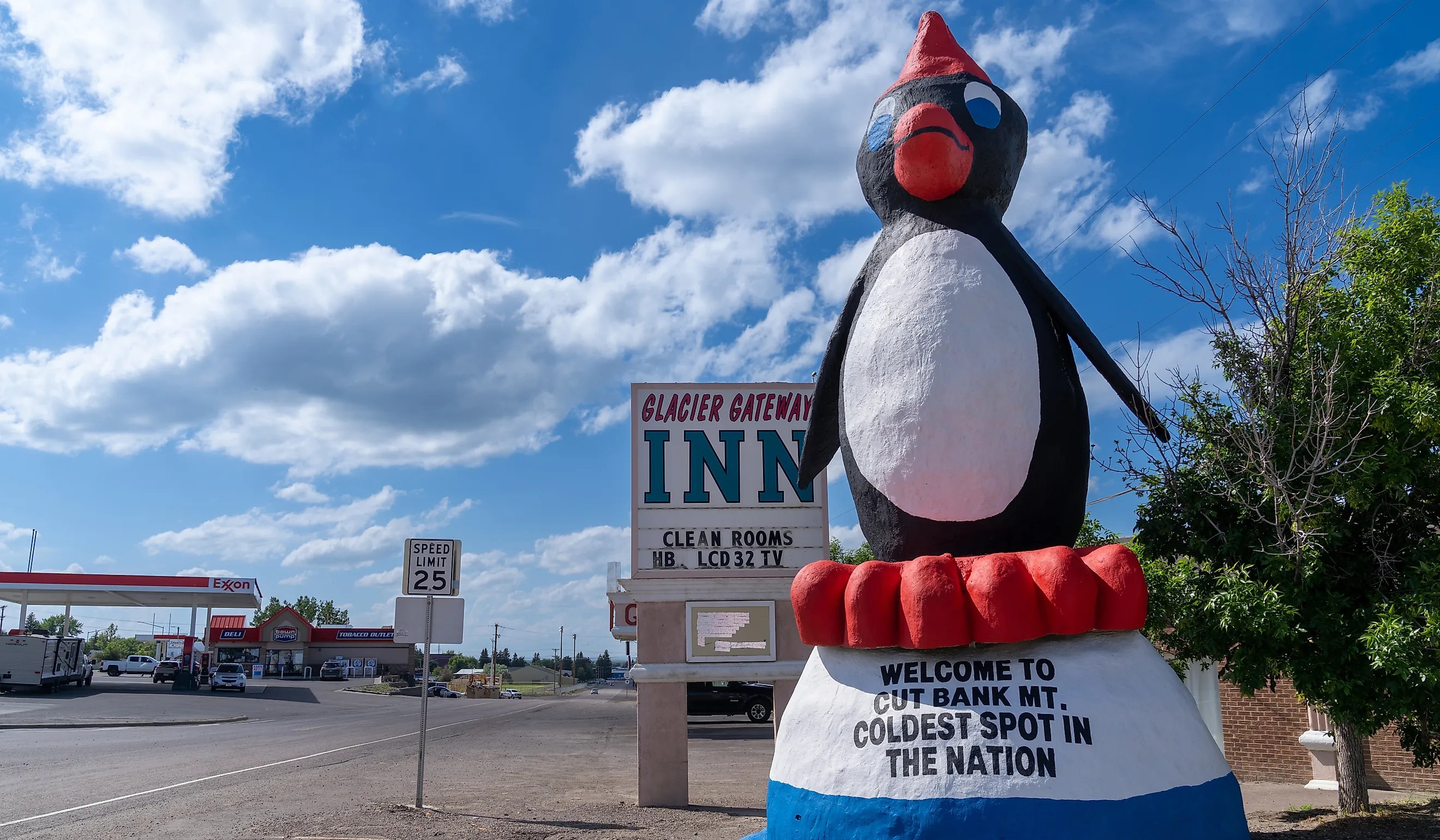
7 Playfully Peculiar Towns In Montana
Montana is a colorful state known for its vast open landscapes, an expansive sky, magnificent mountain ranges, and a portion of Yellowstone National Park. However, it is in Big Sky Country’s small towns that its true personality is revealed. There is something quirky and unusual to enjoy in many of the gorgeous towns throughout the state. When you combine these peculiarities with the natural surroundings and historic sights, they make for must-visit stops as you make your way through the Treasure State.
Glendive
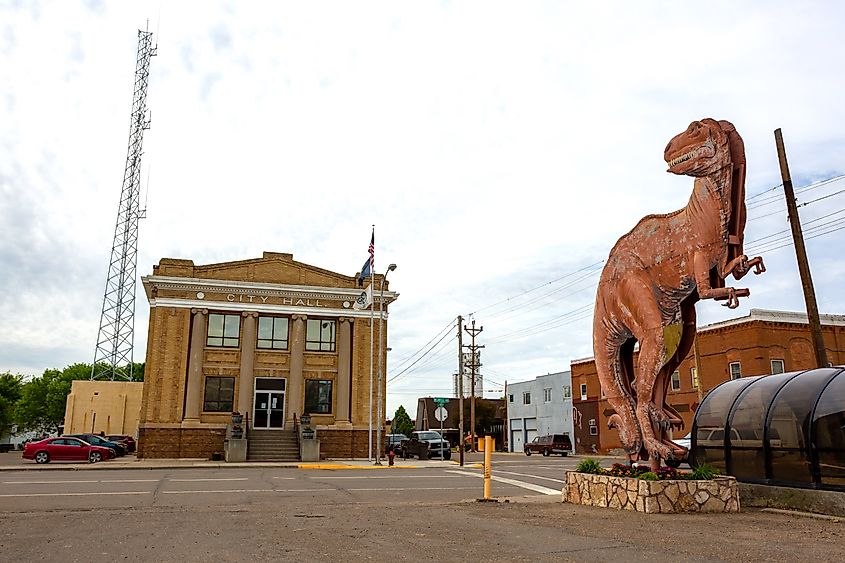
Glendive lies between the Yellowstone River and the Badlands, and is an absolute haven for dinosaur enthusiasts. Makoshika State Park, boasting some of the oldest badlands in America, is one of the largest state parks in the state and is home to the Montana Dino Trail. The trail runs statewide and comprises fourteen locations stretching from the Montana Dinosaur Center in Bynum to Ekalaka’s Carter County Museum. It features several exhibits centered around paleontology, visitor programs, and real field digs that are open to the public.
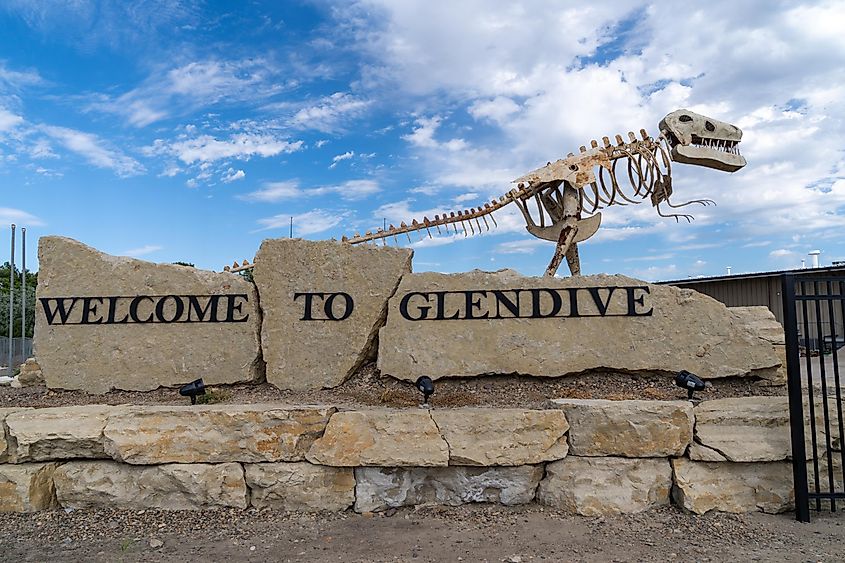
At the 20,000 square foot Glendive Dinosaur and Fossil Museum, visitors can view more than 23 life-sized dinosaur and fossil exhibits. The museum is the largest of its kind in the U.S., in a creationist context. The main exhibit is a must-see, featuring an 18-foot-tall T. rex and a 39-foot-long Acrocanthosaurus.
Those who want to enjoy the outdoors can try their hand at paddlefishing. Paddlefishing offers anglers a chance to catch a prehistoric-looking fish with a lineage that actually dates back to prehistoric times.
Butte
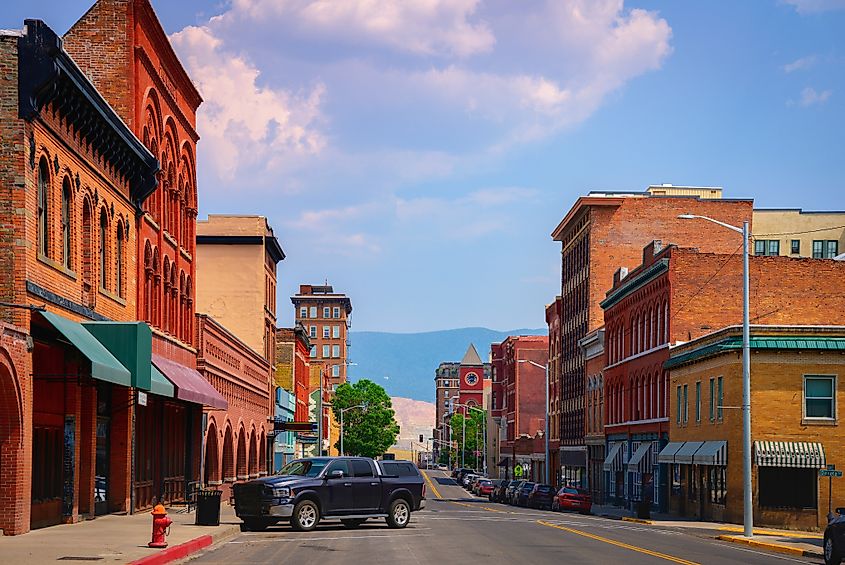
Butte is the largest town on this list with just over 35,000 permanent residents. Before Butte gained its uptown business district and stunning mansions, it was known as the ‘richest hill on earth’, thanks to the massive copper deposits in the area.
Today, Butte is well known for its historic trolley tours and multitude of outdoor activities. The Butte Trolley operates daily during the summer, with each trip lasting approximately two hours.
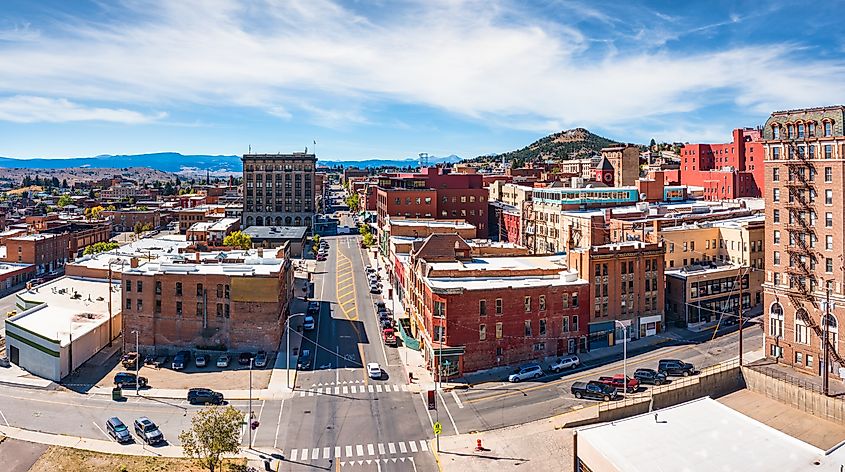
Visitors from all over the U.S. (and the world) head to Butte to enjoy hiking, boating, river floating, fishing, and hunting. There is also ample opportunity for horseback riding, skiing, and golf. In Thompson Park, just south of Butte along Highway 2, 25 miles of hiking trails await. Hikers and bikers also have access to the Continental Divide Trail.
As for something quirky, the Silver Bow Twin Drive-In awaits along a somewhat eerie Butte road. The drive-in has a dirt road entrance and no formal street address. It shows new release movies on twin projector screens, as it has done since the theatre opened in 1977.
Cooke City
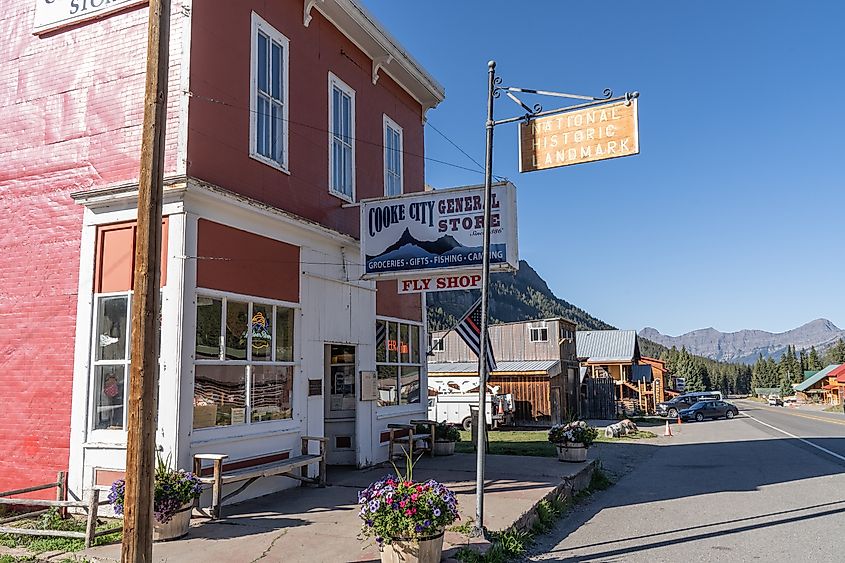
Cooke City is a small town situated in a remote area. Only around 140 people live here year-round, making it one of the most desirable and peaceful vacation locations in the state.
The town is situated between the Absaroka Mountains and the Beartooth Mountains and lies a short distance from the Northeast Entrance of Yellowstone National Park.
It is important to note that visitors heading to Cooke City during winter can access it via wheeled vehicles via the North Entrance of Yellowstone National Park. It is also possible to access the town from Wyoming Highway 296, but vehicles have to park at Pilot Creek. From the creek, visitors can snowmobile the rest of the way.
The most popular route is the Beartooth Pass on Highway 212, which connects Cooke City with Red Lodge. The road is surrounded by forest and wilderness, as well as Yellowstone National Park, and offers incredible views. The pass is closed past Cooke City during winter.
Aside from snowmobiling in winter, and fishing and hiking during summer, visitors can also explore the Grasshopper Glacier, two miles east of the town. The glacier is filled with grasshoppers suspended in the ice. The insects are believed to be Rocky Mountain Locusts that were embedded in the glaciers over many centuries. The glacier continues to recede, exposing more of these ancient specimens.
Columbia Falls
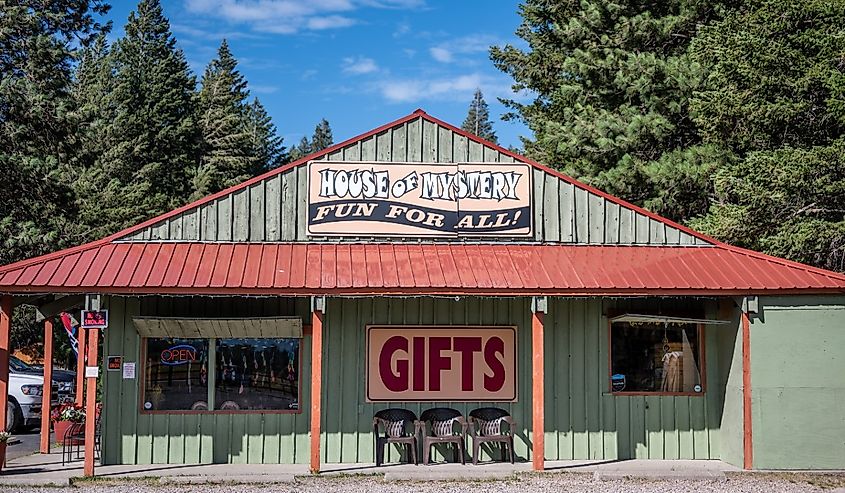
Columbia Falls makes up the heart of the Flathead Valley and also doubles as a gateway to the magnificent Glacier National Park. The town is located just a few minutes from the west entrance of the park.
Within the town limits, there are 28 acres of green parks that include playgrounds and walking paths. There are also several sports fields and picnic areas to enjoy. Moreover, the city of Columbia Falls manages the Pinewood Family Aquatic Center, which features a 25-meter swimming pool and a smaller leisure pool. Big Sky Waterpark offers water slides, bumper cars, and mini golf.
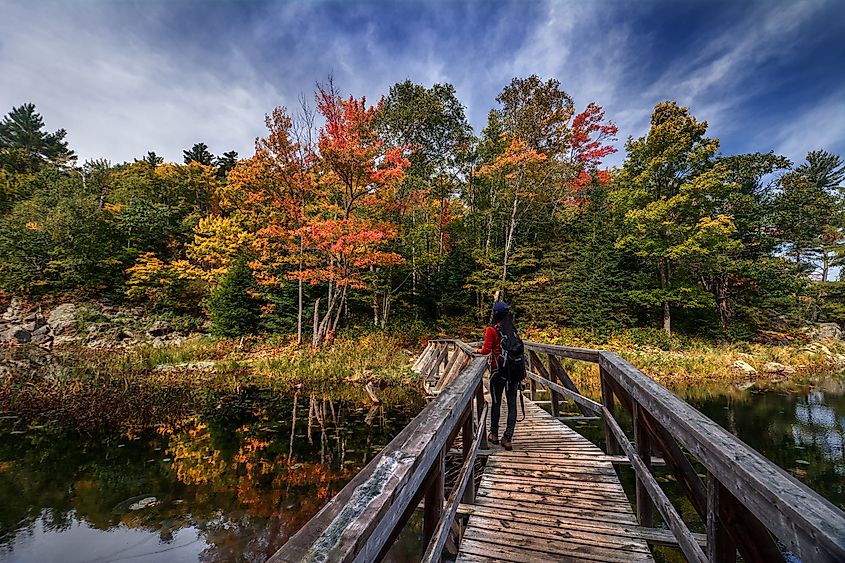
Other town activities include horseback riding, rafting, fishing, and biking. Campers can head up North Fork in Glacier Park and pitch their tents at Hungry Horse Reservoir or on the Flathead National Forest Service land. During winter, there is plenty of space throughout Columbia Falls for skiing, snowshoeing, and snowmobiling.
On a completely different note, Columbia Falls is also home to the Montana Vortex and House of Mystery. It is rumored that if a person stands on specific spots on the premises, they will either grow or shrink.
Three Forks
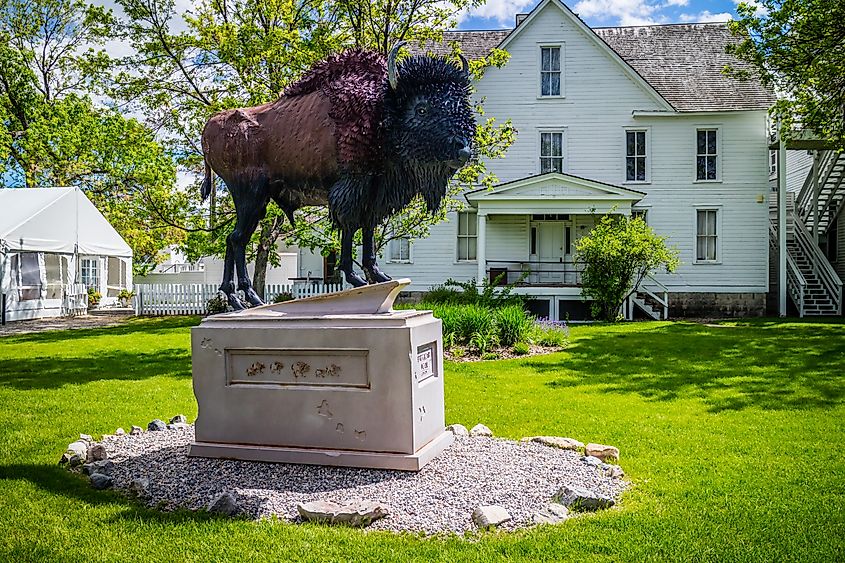
Three Forks lies approximately half an hour from Bozeman and is one of the stops along the route of Lewis and Clark and the Corps of Discovery. The incredible Missouri Headwaters State Park is where the Madison, Gallatin, and Jefferson Rivers join to form the Missouri River. The Missouri River is the longest in the U.S. Apart from the water, there are several trails to enjoy, tipis to camp in, and history to learn about inside the park.
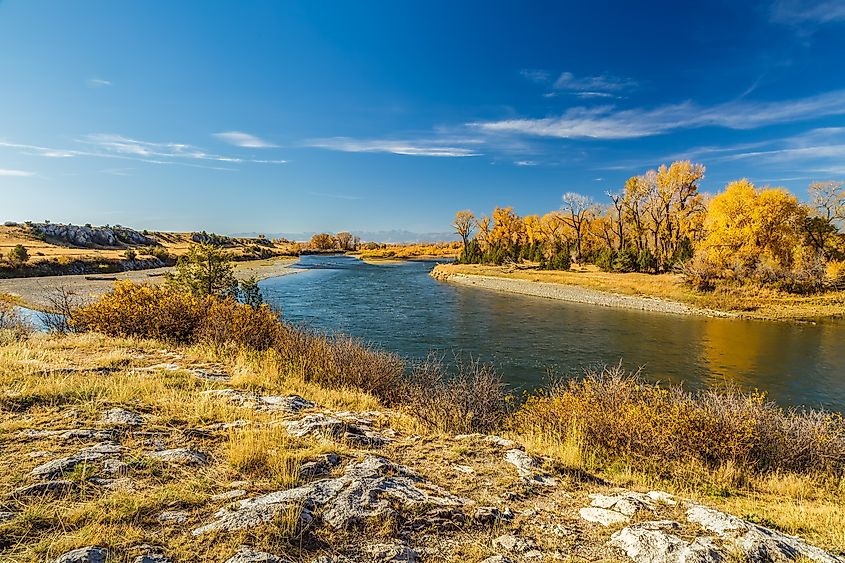
In town, next to the golf course, is Three Forks Ponds. As the name suggests, there are several ponds here, surrounded by natural greenery. Locals and visitors love taking a day to picnic under the gazebo or play volleyball.
A quirky experience all visitors should consider is a trip to Jim’s Horn House. Here, 16,000 antlers are crammed stylistically into a shed. Known as the Antler Man, Jim Phillips hiked the Montana backcountry for six decades, from the age of 10, to build his antler collection.
Pray
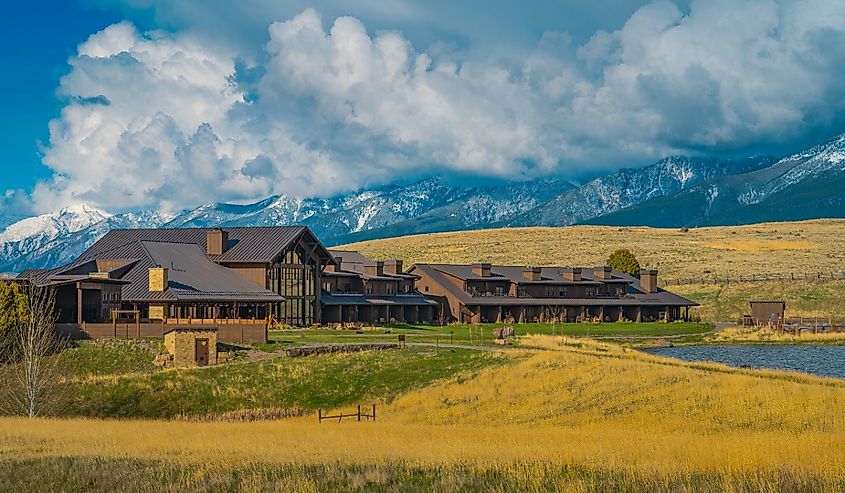
There are only around 1,000 locals in Pray, so the beautiful small town next to the Yellowstone River is never crowded. It is a favored destination for many who travel from far and wide to rent a cabin as a base for hiking, fishing, and camping.
Some of the main attractions in Pray include the Absaroka-Beartooth Wilderness, which is the largest stretch of land above 10,000 feet in America. The Palisade Falls trail offers a one-mile hike to a stunning waterfall. Passage Falls also leads to a waterfall, while Pine Creek Falls is a dog-friendly trail.
To find an attraction that is completely unexpected, visitors can take a path north of Yellowstone, where they will find a nine-foot-tall chicken. It is typically a surprising sight as the white, yellow, and red chicken is hidden from view until hikers or bikers scale the hills. There is no confirmed information available about the chicken or its origin, but rumor has it that it once belonged to a restaurant in the area.
Cut Bank
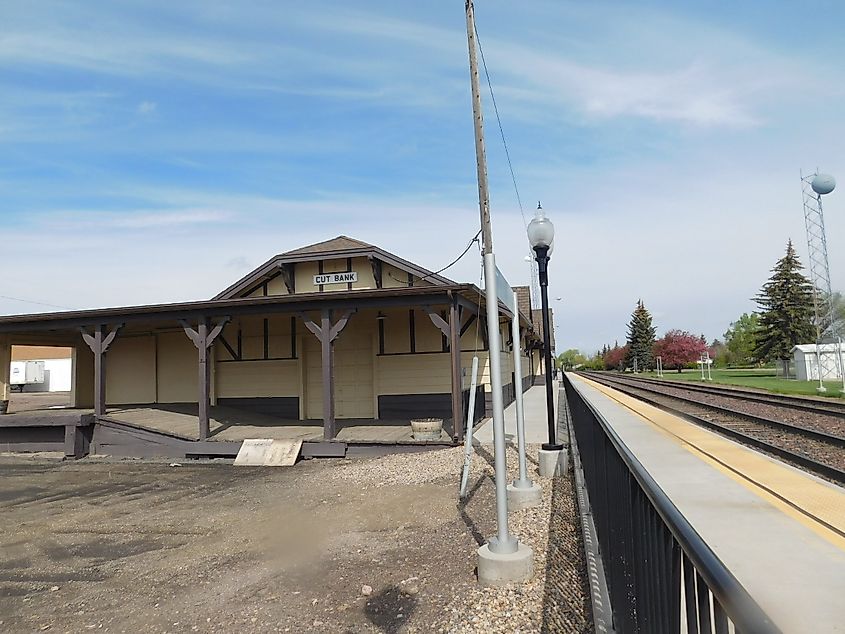
Cut Bank is tucked along Highway 2 in Glacier County and has a reputation for being the coldest place in the lower 48 states. In fact, it gets so cold here that it inspired one of America’s strangest roadside attractions.
Local resident Ron Gustafson erected a 27-foot-tall concrete cartoon penguin in 1989 after the wind chill in the area reached a low of -64°F. The penguin stands on an iceberg base that proclaims, ‘Welcome to Cut Bank, MT, Coldest Spot in the Nation.’ At one point, the monument even spoke to visitors via a hidden speaker.
Other attractions in Cut Bank include the Glacier County Historical Museum, where visitors can tour a 1917 schoolhouse and an oil worker’s cabin. In Cut Bank Creek’s gorge, hikers can enjoy the two-mile Coulee Trail while catching sweeping views of the BNSF trestle. The trestle is 1,200 feet long and 160 feet high and is used by at least 40 trains every day.
These seven towns are part of the kaleidoscope that is Montana. They all offer historical oddities and unexpected quirks that continue to draw visitors from all over the U.S. The best part is that visitors leave these towns with more than just photos and selfies. They will have an appetite for the curious things that draw people to small towns, and add to their travel tales as they continue finding these oft-hidden gems.
